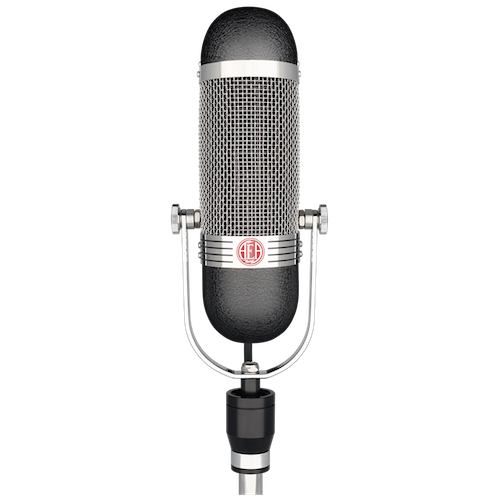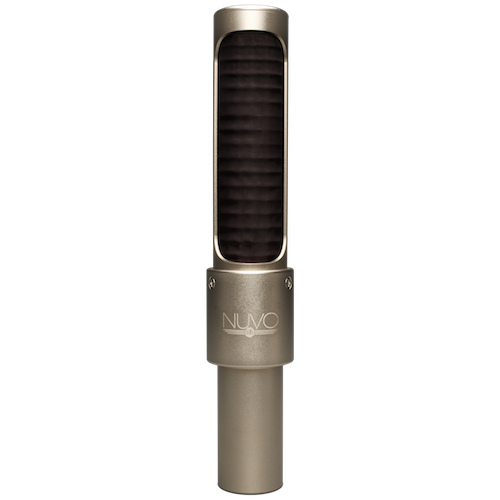For decades, ribbon microphones have served as the first choice of many audio engineers to record vocals. The AEA R44 series microphones are inspired by RCA’s R44BX, a legend of the music industry that recorded the likes of Frank Sinatra and Billie Holiday. The sound of the 44 can be heard in countless classic recordings and its unique character and tonality are recognizable to any who hear it.
Modern ribbon microphones and the continual progression of digital recording technology, have established a new norm in today’s studios. AEA produces an extensive line of ribbons, each with unique functionality and tone, to suit the needs of the modern musician and engineer. There is an AEA ribbon mic for every engineer and their specific vision in the studio or live on stage.
When it comes to vocals, AEA has several microphones that will lend singular sound to any project. Variations in tone, proximity effect, and optimal recording distance means there is always an AEA ribbon right for the job.




